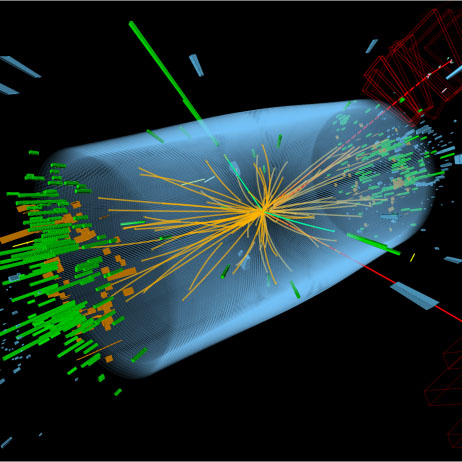

 Dr. Alessandro Marchioro
Dr. Alessandro Marchioro Imaging the Dust of Elementary Particles.
Sensors and Detectors for the nano-nano-world
A. Marchioro
CERN – Experimental Physics Dept.
1211 Geneva
23 SWITZERLAND
Exploration – ranging from fundamental science to geography and more – requires the invention of new tools, instruments and techniques – for example Galileo’s telescope, van Leeuwenhoek’s microscope , Newton’s prism and Chinese compass, many major scientific discoveries were accompanied and enabled by a “new piece of equipment” that greatly enlarged in one way or the other the range of our “senses”.
The basic methods used in modern High Energy Physics experiments are well known to nuclear physicists for about a century. Still, the scale of the new generation of such experiments is unique. The number of sensitive elements, the speed of sensing and the amount of data produced by these new experiments is unprecedented in scale for any science. To explore a world which is many orders of magnitude smaller than even the nano-world, massive instruments with hundreds of millions of active channels, collecting tens of millions of images per second, extending over volumes of thousand of cubic meters, wired with thousand of kilometers of cables, requiring thousands of controlling and filtering computers swallowing gigabytes per second of data are the norm.
This talk will describe and hopefully explain such instruments and point out where the break-through technologies had to be especially developed to enable their construction and successful operation. They have arguably made one of the most important scientific discovery of this new century, namely the discovery of the Higgs boson.
As particle physics is driven to larger and more powerful instruments, some of the obstacles to reach another order of magnitude increase in the performance of such instruments will be outlined. For example, while previous generations of detectors had functionalities limited to mere local “sensing”, today physicists have to think about placing intelligence towards the front-end of their systems, firstly to avoid moving irrelevant data and secondly for building immediately interesting correlations with what is happening in nearby sensors.